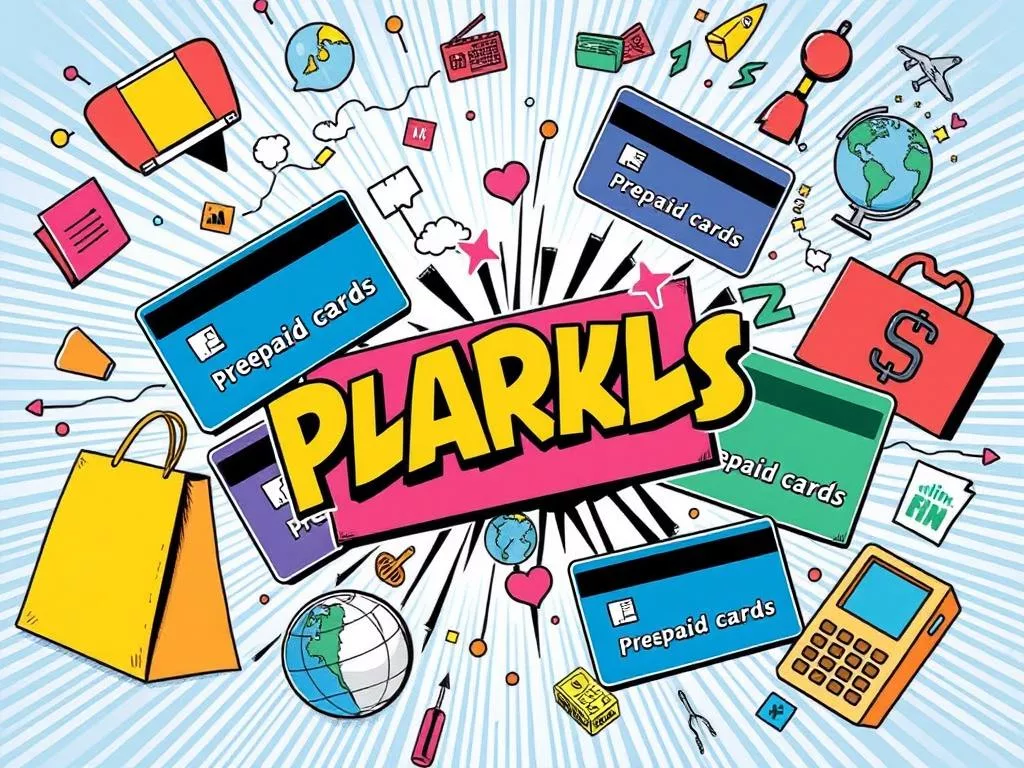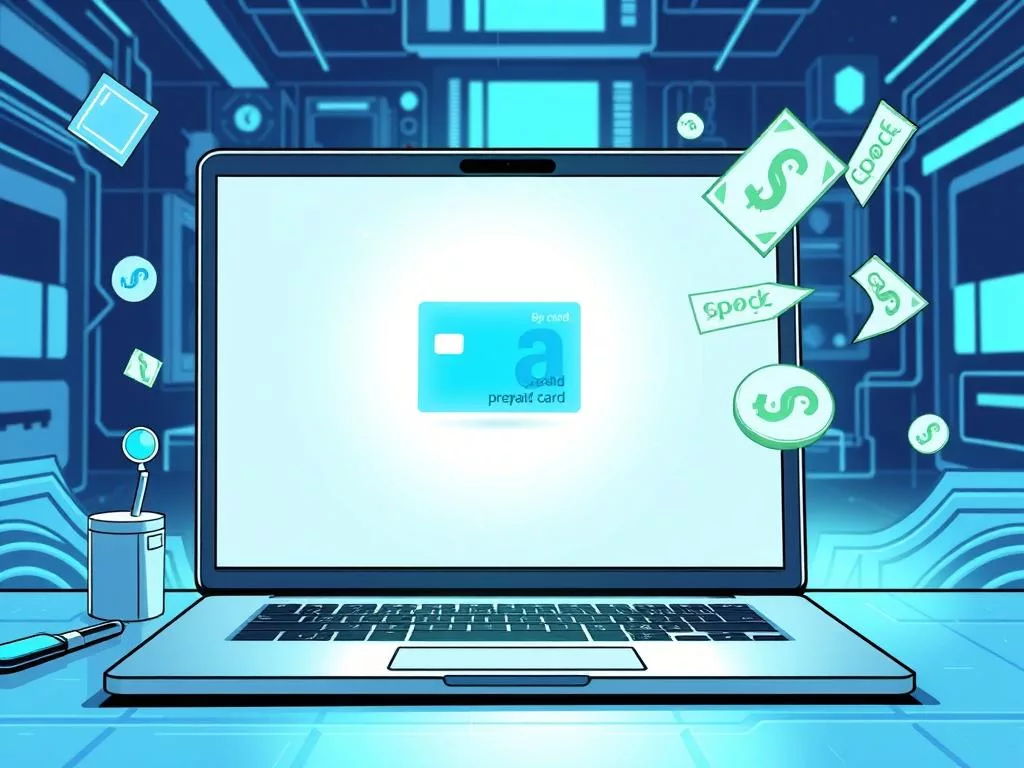Prepaid card transfers are now a popular way to manage money. They let users put a set amount on a card for spending. Knowing how to load these cards is key for keeping finances in check and avoiding extra fees.
There are a few ways to add money to prepaid cards. You can use direct deposit, transfer from other cards or bank accounts, or load cash at stores or banks. But, remember, these options might have fees.
Prepaid cards have many advantages. They make it easy to control spending and prevent overspending. They’re also great for traveling, as they save you from high fees and bad exchange rates.
In the U.S., Remitly and Cash App are top choices. They are known for being affordable and quick for sending money within the country.
Understanding Prepaid Cards and Their Uses
Prepaid cards work like debit cards but have a special twist. They need to be reloaded when the money runs out. This makes them unique compared to regular bank accounts.
One big plus of prepaid cards is controlling your spending. You can set limits to avoid overspending. They’re also safer than carrying cash, as they’re not linked to your bank account.

Prepaid cards are great for managing money, even if you can’t get a bank account. They’re perfect for those who need a simple way to handle their finances. There are many types of prepaid cards, from budgeting to travel.
Prepaid travel cards are a hit with travelers. They help avoid high fees and bad exchange rates. This makes traveling cheaper and easier.
Prepaid cards are also good for kids and teens. Parents can put money on a card to teach them about money. It’s a safe way for young people to learn about budgeting.
Prepaid cards are used for more than just personal use. They’re also used for government benefits and even for paying employees. This shows how versatile they can be.
But, it’s important to know about fees. There can be charges for things like monthly use, ATM withdrawals, and foreign transactions. Always check the fees before getting a prepaid card.
In summary, there are many prepaid cards for different needs. Knowing the pros and cons can help you use them wisely to manage your money.
Guide to How to Send Money to Prepaid Card
Funding prepaid cards online is now easy thanks to digital platforms. You can use apps like Remitly and Cash App or online banking. Knowing the methods, times, and fees makes it simple and quick.
Digital money transfers are cheaper than bank methods. For example, Remitly charges $3.99 in the USA, C$2.99 in Canada, and more. This makes sending money abroad affordable.

Cash App is great for card-to-card transfers in the U.S. It has no fees for transfers under or over $200. Revolut also offers fee-free transfers from MasterCard-issued cards in the U.S.
Online banking lets you reload prepaid cards. It takes 1-3 business days, depending on the bank. Many banks and financial institutions offer this service.
Direct transfers with card issuers take 1-3 business days. But, third-party services can be faster. For the best options, check out money transfer guides.
For secure large bank transfers, see this complete guide. It talks about fees, timing, and security. Always check prepaid card terms to avoid surprises.
Tips and Best Practices for Sending Money to Prepaid Cards
For a secure money transfer to prepaid cards, use services like Wise, PayPal, or bank wire transfers. Banks often don’t allow direct transfers from credit cards. So, services like PayPal, Venmo, and Cash App can make it easier. Western Union and MoneyGram also offer these services.
It’s important to know about fees, like cash advance and transaction fees. This helps avoid unexpected costs.
Understanding your prepaid card fees is key. Some cards offer rewards like cashback, which can add value. Knowing about credit card terms, like cash advances and interest rates, is also important.
Prepaid card users should watch their limits on loading funds and transaction amounts. This helps avoid problems. Using automated transfers for regular expenses can save time and ensure payments are made on time.
Financial security is a big deal with prepaid cards. Use safe transfer methods and check each transaction to avoid fraud. Federal law limits your liability to $50 for unauthorized transactions.
Keep an eye on your transactions and update your security features, like strong passwords. For more tips on managing your finances securely, see this guide.
Cash management accounts are another option. They offer features similar to checking and savings accounts. Look into high-yield options like the Marcus by Goldman Sachs High-Yield CD or the Discover Money Market Account.
Knowing about possible issues, like expired cards, can help keep your finances safe. This knowledge is important for maintaining security.

